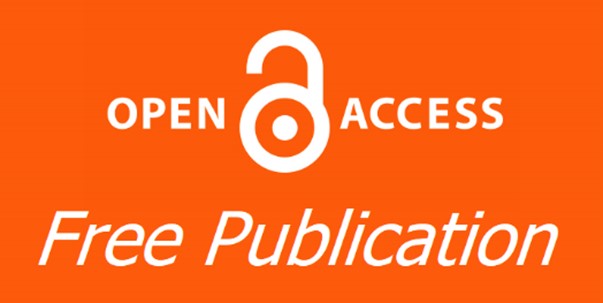Document Type
Original Study
Abstract
Purpose: The purpose of this study was to assess the effects of implant loading timing and two restorative superstructure materials on marginal bone loss, survival rate of implant, and peri-implant mucosal response. Materials and Methods: Twenty-eight patients without lower molar were divided into two groups: immediate loading group and delayed loading group. Each group was divided into two subgroups (seven patients received polyetheretherketone crowns (PEEK) and seven patients received zirconia crowns). In order to assess the vertical bone loss around the implants, CBCT images were taken. Pre-implant parameters for both implant groups were assessed at baseline, six months and a year after implant loading. Results: The immediate implant loading and delay implant loading groups were not significantly different (P≥0.05) in terms of bone loss, modified plaque index, modified gingival index, and probing depth. There was a significant difference in the rate of bone loss between the subgroups (PEEK crown and zirconia) at 6 months and 12 months (P≤0.05). Both the immediate and delayed groups experienced no implant loss. There was no statistically significant difference in implant survival between the groups that loaded immediately and those that loaded later (P≥0.05). Conclusion: When compared to delayed loading, the immediate loading showed comparable success and survival rate, marginal bone loss, and clinical outcomes. Polyetheretherketone (PEEK) superstructures showed lower marginal bone loss values than zirconia superstructures.
Keywords
Immediate loading, Superstructure, Marginal bone loss
How to Cite This Article
Kamal, Rehab M.; Ahmed, Atef F.; and El hamey, Tamer S.
(2024)
"Clinical and Radiographic Evaluation of Two Implant Loading Protocols and Two Superstructure Materials for Single Implant Supported Restoration,"
Al-Azhar Journal of Dentistry: Vol. 11:
Iss.
1, Article 5.
DOI: https://doi.org/10.58675/2974-4164.1601
Subject Area
Restorative Dentistry Issue (Removable Prosthodontics, Fixed Prosthodontics, Endodontics, Dental Biomaterials, Operative Dentistry)








